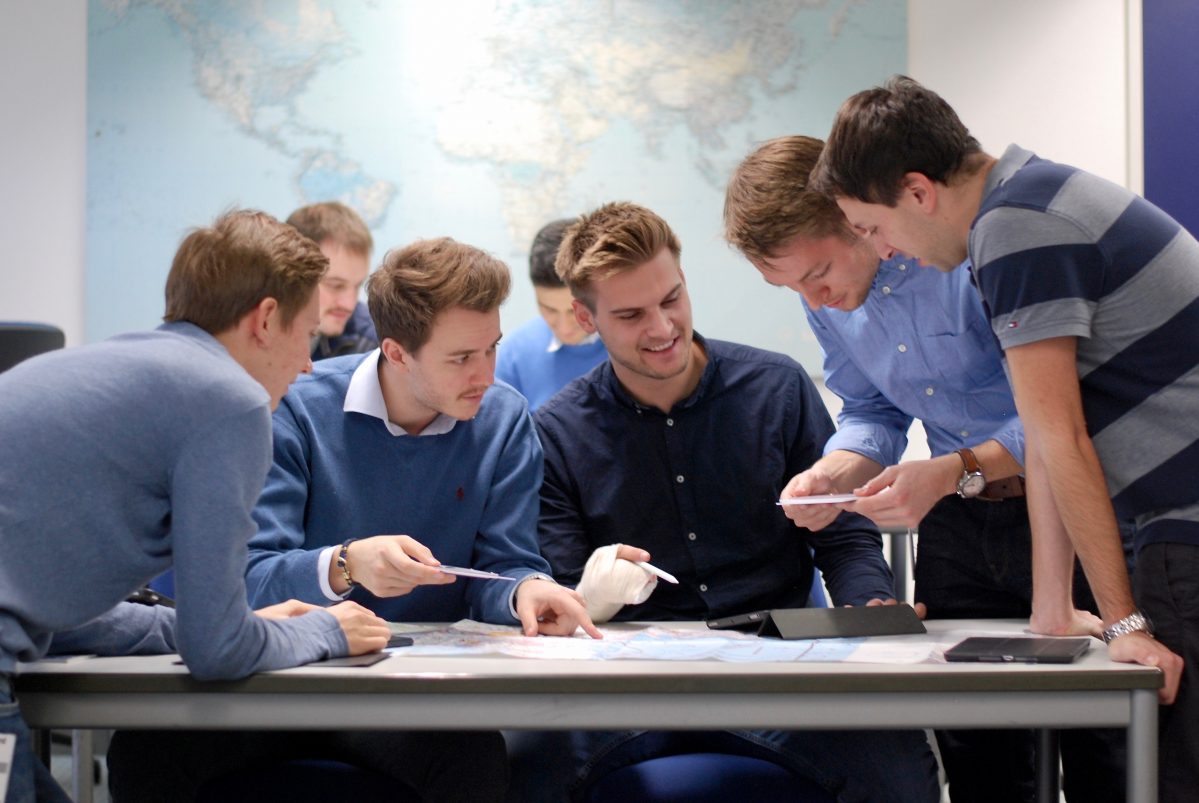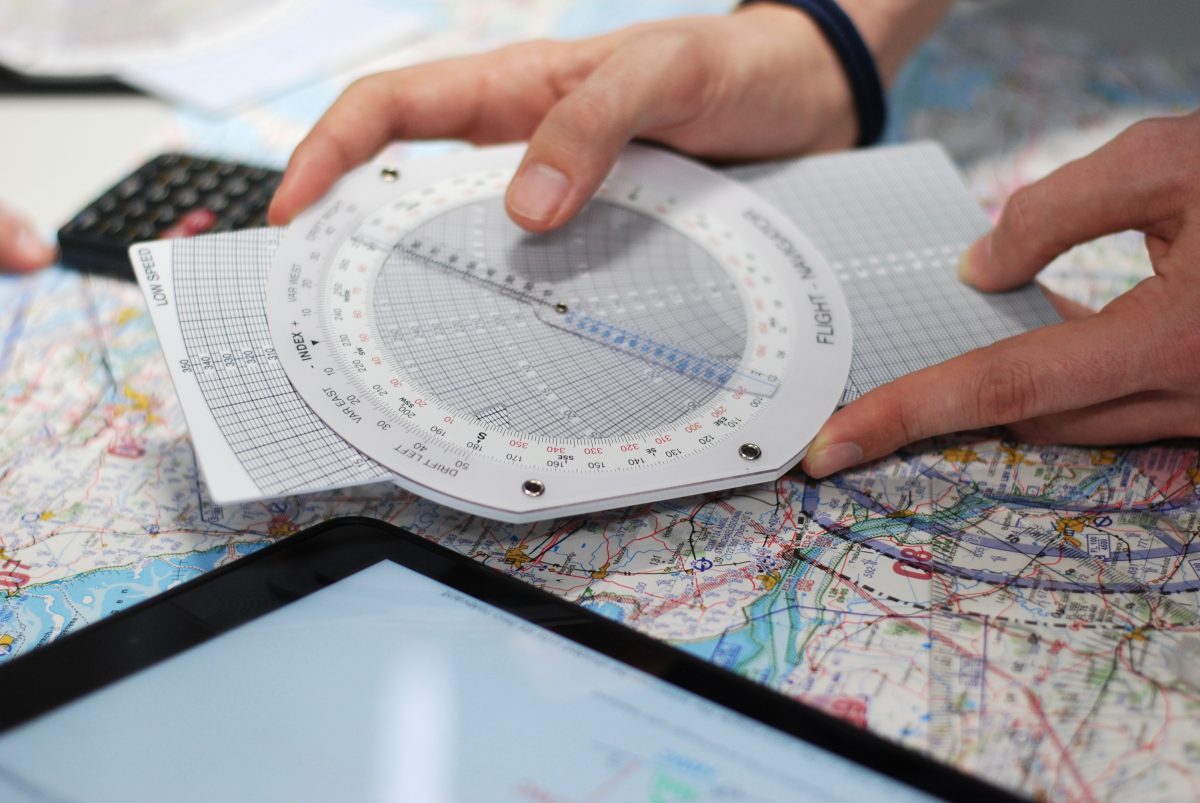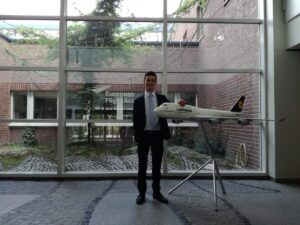Hello,
My name is Matthias, I am 28 years old and I have been back in school since August: just like Valentin, Marvin, and Stefan, I am in the LHG 12 at the European Flight Academy. I might be one of the older ones here, but I am by no means the course’s “grandpa”: many of my classmates received an undergraduate education or completed an apprenticeship before enrolling here.
Before practical aviation training in Phoenix, we are spending one year learning about the theory of flying at the flight training school in Bremen . We would like to tell you more about each of these lessons in the next blog entries.
The top priority for the theoretical training is to pass the exam at the German federal aviation administration (Luftfahrtbundesamt). That day keeps getting closer. Our lesson content is thus strongly aligned with the official EU-wide learning objectives: beginning with air traffic law up to the functions of electrical systems, from meteorology to flight planning. Sometimes, this has more and sometimes this has less to do with our later workplace, the ultramodern airliner cockpit. Many contents actually complement each other eventually like a big jigsaw puzzle.

You do not have to be a tech nerd or a physics geek to keep up in class. I studied TV journalism before – something completely else. Even though a basic scientific understanding is surely helpful, the lessons are actually not about higher math or physics. We use rules of thumb and other tools for much of the arithmetic.
Apart from our iPad, we received an analogue tool on our first day of school, too – the mechanical flight calculator, or “Aviat”. It is a slightly old-fashioned yet versatile “miracle worker”; after initial reservations, most of us couldn’t do without it. As early as when we prepared the Starter Course Test – our first small exam – we used the Aviat to do multiplications, divisions, rules of three, and measure conversions in a simple manner by adjusting its dials. Its big advantage over calculators: the Aviat “knows” the most important conversion factors in aviation. The whole trick is to memorize the correct process of calculation, to estimate the task mentally, and to read the result correctly on the scale.

We found out what else the flight calculator was able to do in the course “General Navigation”. This is about determining the aircraft’s position and to set courses to get from A to B – very practical indeed. On the back of the Aviat, we can dial in wind triangles. This means that, as pilots, we can determine in advance how much we need to turn the aircraft’s nose into the wind to stay on course.
Since the Aviat would be rather cumbersome during flight and, admittedly, no pilot will ever carry the calculator in his or her jacket, all calculations can be done by rule of thumb in a simplified manner. Have no fear! We’re all not mental arithmetic geniuses despite passing the DLR tests. But here, too, practice makes perfect.
We will tell you another time about the further means of navigation when we introduce you to other courses’ contents.
See you then!
Matthias


